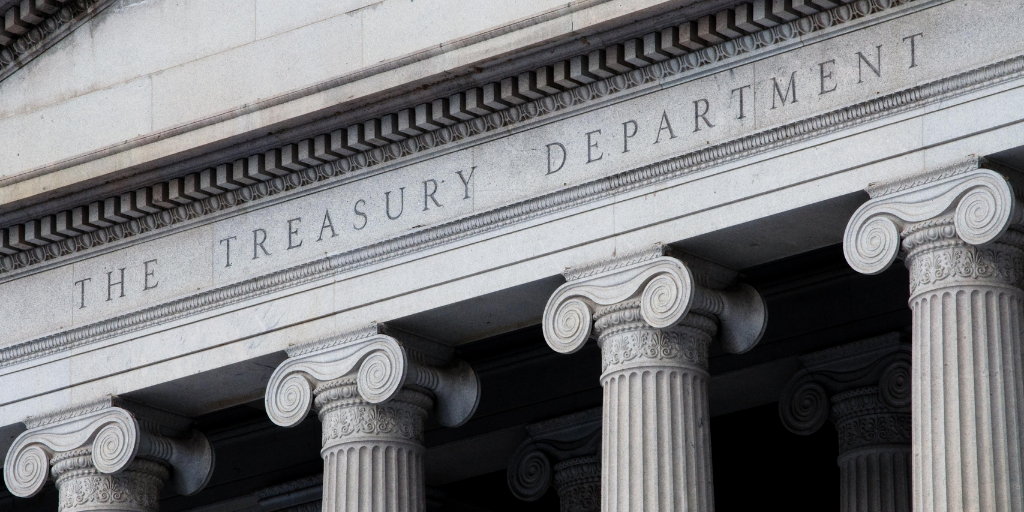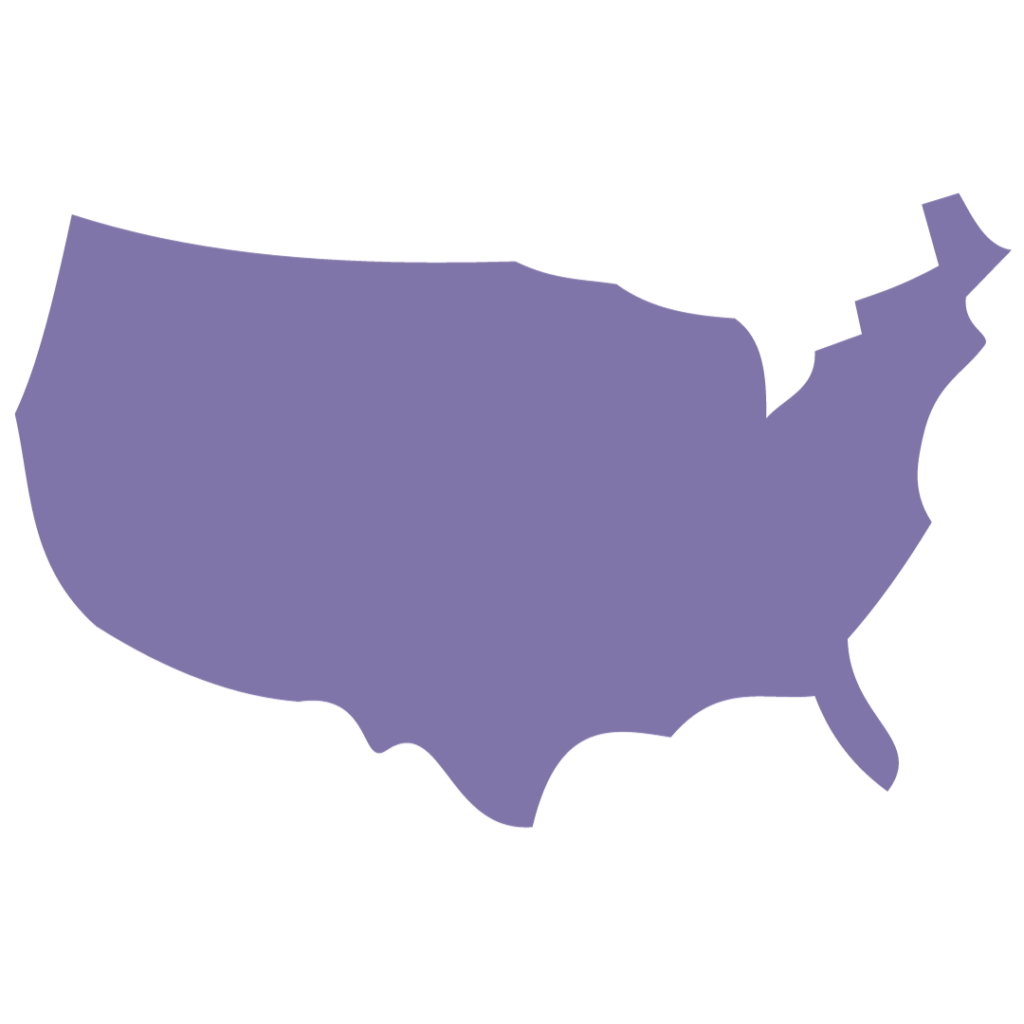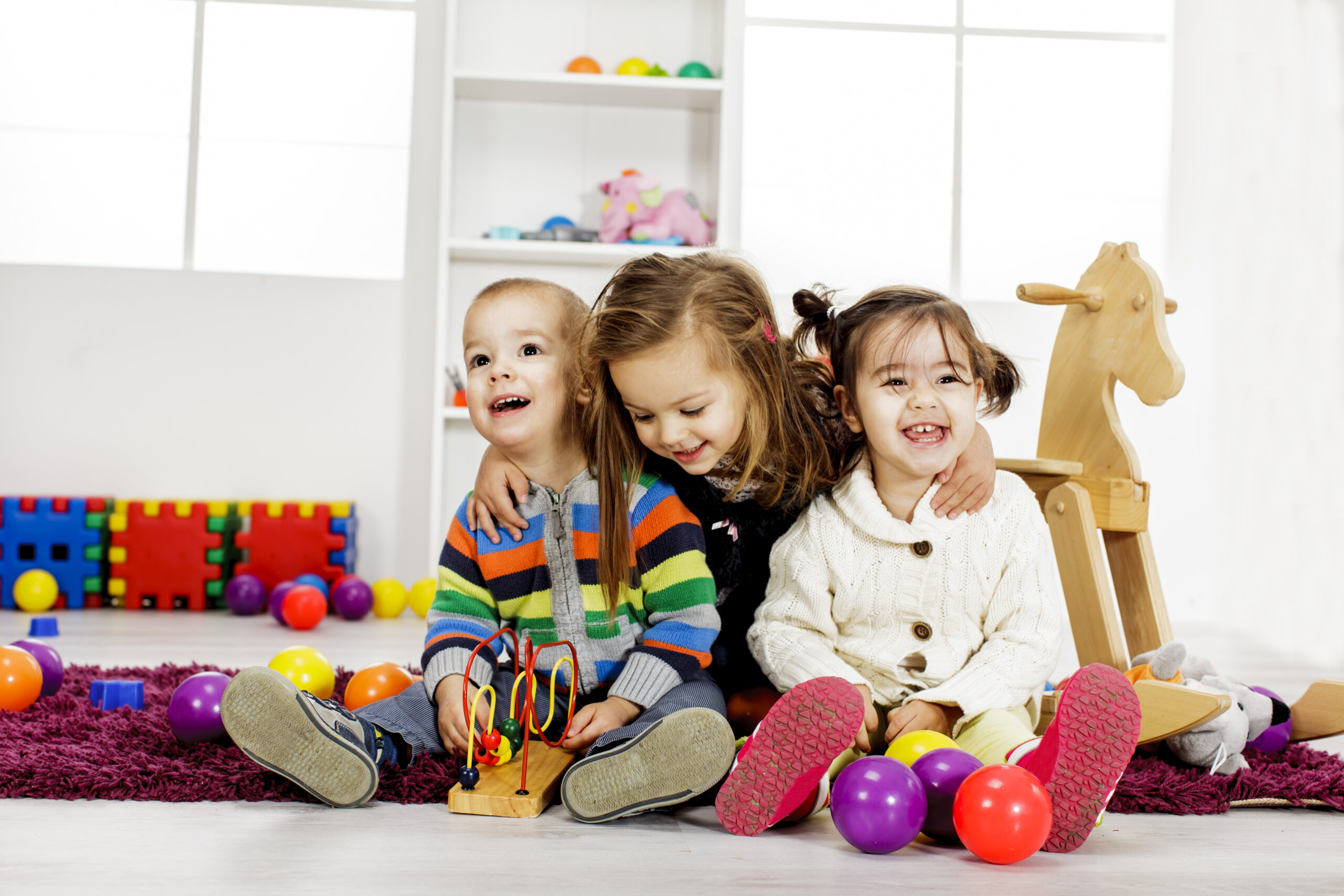Final Rule for State and Local Fiscal Recovery Funds Includes Early Learning and Care Among Other Purposes

Last week, the Department of Treasury published a final rule for the use of Coronavirus State and Local Fiscal Recovery Funds (SLFRF) provided by the American Rescue Plan Act (ARPA). The $350 billion in emergency funding authorized by the ARPA was provided directly to state, local, territorial, and Tribal governments who have flexibility in deciding how best to spend these funds to meet local needs.
Broadly, SLFRF can be used to replace lost public sector revenue; support the COVID-19 public health and economic response; provide premium pay for essential workers; and invest in water, sewer, and broadband infrastructure. Specific to early learning and child care, SLFRF may be used in support of child care as part of recipients’ response to the negative economic impacts of the pandemic and to compensate providers who operated in person during the pandemic. The child care sector is vital to getting Americans back to work but has been slower to recover than other sectors of the economy and is facing unprecedented workforce shortages.

The final rule follows initial guidance released in May 2021, which among other uses, specified funds could be used to address educational disparities through new or expanded early learning services and to promote healthy childhood environments, including new or expanded high quality child care and home visiting programs.
The final rule, which is effective April 2022, expands on this to include:
- Child care and early learning services and home visiting programs, including new or expanded services, increasing access to services, and efforts to bolster, support, or preserve existing providers and services;
- Improvements to or new construction of child care, daycare, and early learning facilities (subject to the other eligibility standards for capital expenditures);
- The full salary and benefits of child care staff, including increased wages needed to recruit and retain excellent staff and to fund premium pay, bonuses, training, and other worker supports;
- Premium pay for essential workers, including school personnel and child care providers to compensate them for working in person during the pandemic;
- Training for potential workers to fill in-demand roles in child care and education;
- Child care subsidies and other supports for public or private programs serving low- and moderate-income families; and
- Assistance for child care small businesses to expand their business, raise wages for workers, and complete training and other technical assistance to support high-quality care.
Funds can also be used to provide child care assistance to support parents trying to return to work.
Even after two years, state, local, territorial, and Tribal governments continue to face numerous hurdles to meeting public health needs and responding to the negative impacts of the pandemic. Within the broad parameters of SLFRF’s allowable uses, recipients still have time to decide how best to invest these funds to address local needs. The deadline to obligate funds is December 31, 2024, and December 31, 2026, to expend them. The latest deadline for Child Care and Development Block Grant (CCDBG) COVID relief funds, which have been vital to preventing the collapse of the child care industry, is September 30, 2024.
Understanding that SLFRF recipients must weigh many competing priorities, the choice to invest in early learning and care, combined with CCDBG relief funds, could provide short-term support to an industry essential to the nation’s economic recovery. Consistent, ongoing support is necessary in the years ahead, however, to address underlying issues and ensure all families who need it have access to high-quality affordable child care.
Find more information in the Department of Treasury’s overview or FAQ resource, or read the final rule here.
Subscribe to FFYF First Look
Every morning, FFYF reports on the latest child care & early learning news from across the country. Subscribe and take 5 minutes to know what's happening in early childhood education.



